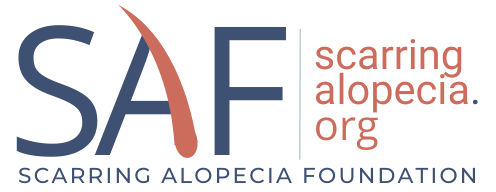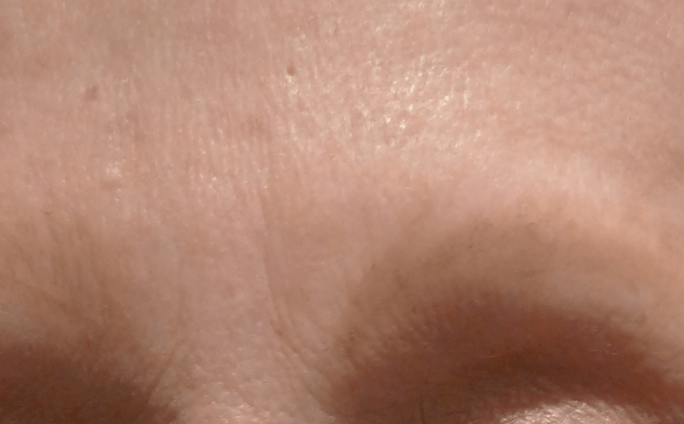By Jeff Donovan MD PhD FRCPC
Feb 2018
Frontal fibrosing alopecia is a scarring alopecia that is increasing around the world. Patients with FFA present to clinic with loss of the frontal hairline, but many also have eyebrow loss – and this may even be the first sign of disease for many patients.
A variety of options are available for treating the eyebrow loss. Many of the treatments overall with the method of treating the scalp disease itself.
- Topical steroids
Topical steroids are commonly used for treating eyebrow loss in FFA. It’s not clear how well topical steroids really work – if at all. But I consider them especially in patients with some degree of redness in the eyebrow. Weaker steroids are my preference especially use of fluocinonide gel a few times per week. I generally avoid daily use. Clobetasol use (the strongest topical steroid available) is far too strong of a steroid in my opinion for routine use around the eye.
- Topical Calcineurin inhibitors
Topical calcineurin inhibitors are frequently considered for patients with FFA. Again, we don’t have a clear understanding of how well they work but the benefit of these topical agents is they do not cause thinning (atrophy) of the skin. Common topical calcinuerin inhibitors include Protopic and Elidel. I frequently prescribe these a few times weekly for the scalp and often for the eyebrow as well.
- Steroid Injections
Steroid injections can be considered for any patient with FFA. My view is that it is often worth one session to determine if they will help or not. Our research from 2010 (reference below) showed some women get regrowth with triamcinolone acetonide injections. The regrowth can be partial or significant – and if present will be noticeable by 3 months. In my opinion, if there is no significant change by month 3, it is not worth repeating the injections.
- Oral immunomodulating medications
Oral medications that are used to treat the scalp hair loss may be helpful for the eyebrow loss as well. This includes finasteride, dutasteride, doxycycline, hydroxychloroquine. Good studies are lacking to guide us with great certainly when it comes to how well these help eyebrows.
- Tattoo
Tattooing and microblading are safe options for many patients. A small risk of flare is present for anyone but in general these options can provide significant cosmetic benefit for many patients.
- Hair transplantation
Hair transplants are rarely a good option for the eyebrow loss in FFA. However, if the disease is quiet (inactive) and has remained inactive for at least 2 years, this can be considered. Photographs are often needed to document this. If the scalp hair loss is continuing, it is unlikely the eyebrow region is truly quiet. Our criteria for hair transplantation in the setting of FFA has been discussed previously.
Reference
Donovan JC et al. Eyebrow regrowth in patients with frontal fibrosing alopecia treated with intralesional triamcinolone acetonide. Br J Dermatol. 2010.

